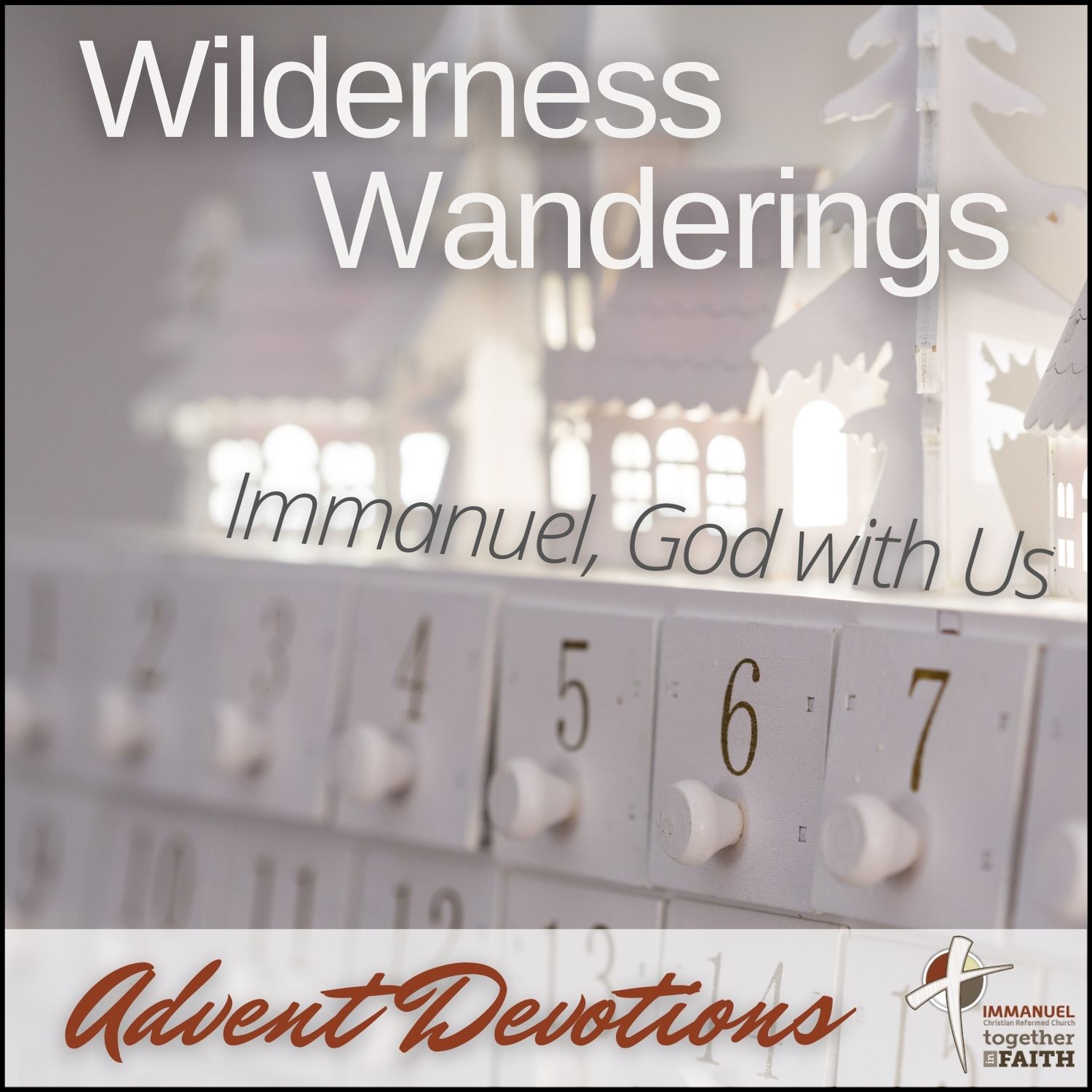- religion
- SEE MORE
- classical
- general
- talk
- News
- Family
- Bürgerfunk
- pop
- Islam
- soul
- jazz
- Comedy
- humor
- wissenschaft
- opera
- baroque
- gesellschaft
- theater
- Local
- alternative
- electro
- rock
- rap
- lifestyle
- Music
- como
- RNE
- ballads
- greek
- Buddhism
- deportes
- christian
- Technology
- piano
- djs
- Dance
- dutch
- flamenco
- social
- hope
- christian rock
- academia
- afrique
- Business
- musique
- ελληνική-μουσική
- World radio
- Zarzuela
- travel
- World
- NFL
- media
- Art
- public
- Sports
- Gospel
- st.
- baptist
- Leisure
- Kids & Family
- musical
- club
- Culture
- Health & Fitness
- True Crime
- Fiction
- children
- Society & Culture
- TV & Film
- gold
- kunst
- música
- gay
- Natural
- a
- francais
- bach
- economics
- kultur
- evangelical
- tech
- Opinion
- Government
- gaming
- College
- technik
- History
- Jesus
- Health
- movies
- radio
- services
- Church
- podcast
- Education
- international
- Transportation
- Other
- kids
- podcasts
- philadelphia
- Noticias
- love
- sport
- Salud
- film
- and
- 4chan
- Disco
- Stories
- fashion
- Arts
- interviews
- hardstyle
- entertainment
- humour
- medieval
- literature
- alma
- Cultura
- video
- TV
- Science
- en
God Himself will See to It

Some time later God tested Abraham. He said to him, \u201cAbraham!\u201d \u201cHere I am,\u201d Abraham replied. Then God said, \u201cTake your son, your only son. He is the one you love. Take Isaac. Go to the place called Moriah. Give your son to me there as a burnt offering. Sacrifice him on the mountain I will show you\u201d \u2026 Abraham had his son Isaac carry the wood for the burnt offering. He himself carried the fire and the knife. And the two of them walked on together. Then Isaac said to his father Abraham, \u201cFather?\u201d \u201cYes, my son?\u201d Abraham replied. \u201cThe fire and wood are here,\u201d Isaac said. \u201cBut where is the lamb for the burnt offering?\u201d Abraham answered, \u201cGod himself will provide the lamb for the burnt offering, my son\u201d (Genesis 22:1-2, 6-8).
This is a difficult story. Any honest believer will wrestle with it. For decades, Abraham had waited for the promised son. What kind of test is this, that he is now asked to sacrifice this child? Despite our horror, the faithful have found that this passage \u2018prepares the way\u2019 for God\u2019s Messiah. It is one of the most vital.
The story is structured in three cycles. Three times, there's a summons to Abraham - first by God, then by Isaac, and then by the angel of God. Three times, Abraham answers, "Here I am." Three times, a response. At the centre of these three is Abraham's trembling reassurance to Isaac: "God himself will provide" - literally, "God himself will see to it."
This is the heart of redemption story: \u201cGod himself will see to it.\u201d
As is often the case, art can impart what explanations cannot. This scene is depicted in the Golgotha Chapel of the Church of the Holy Sepulchre in the heart of Jerusalem. It\u2019s the site traditionally associated with the crucifixion of Jesus. One wall of the chapel features an immense mosaic of this scene: Abraham, knife in hand; Isaac, atop an altar; a ram caught in a thicket of bushes. But on the adjacent wall, there's a mirroring mosaic: Jesus, nailed to the cross, being raised in the air. There's an identical thicket in that mosaic, but no ram.
God himself will see to it.
This dark story, in the end, foreshadows another journey taken untold centuries later. Jesus of Nazareth - Son of Abraham and Son of God - would walk into that same mountain range, with wood on his back, and make the dreadful three-day journey into death. This is the lengths to which the divine Love would go for the sake of the world, for you, for me.
God himself will see to it.
After God provides a ram for the sacrifice, Abraham names that mountain: Jehovah Jireh, "The LORD will provide." It was not Abraham, and it is not us, who make the sacrifice for redemption. No. It is God himself. The lamb took the place for the son. And the Lamb of God took our place. He offers himself! What pain in the heart of the Trinity. What love!
As Charles Wesley once wrote, \u201cAnd can it be that I should gain an interest in the Saviour's blood? Died he for me who caused his pain, who caused his bitter death? Amazing love! How can it be that you, my Lord, should die for me?\u201d (Amazing Love).
God himself will see to it.
Or as Shane and Shane penned, \u201cBehold the man upon a cross, my sin upon His shoulders. Ashamed, I hear my mocking voice call out among the scoffers. It was my sin that held Him there until it was accomplished. His dying breath has brought me life; I know that it is finished\u201d (How Deep the Father\u2019s Love).
John said, \u201cLook! The Lamb of God! He takes away the sin of the world! (John 1:29). Did John understand what sacrifice that would require? Probably not. But we do. And in faith, we look at that cross, at that Son and we say not, \u2018God himself will see to it\u2019, but, \u2018God himself has seen to it\u2019.